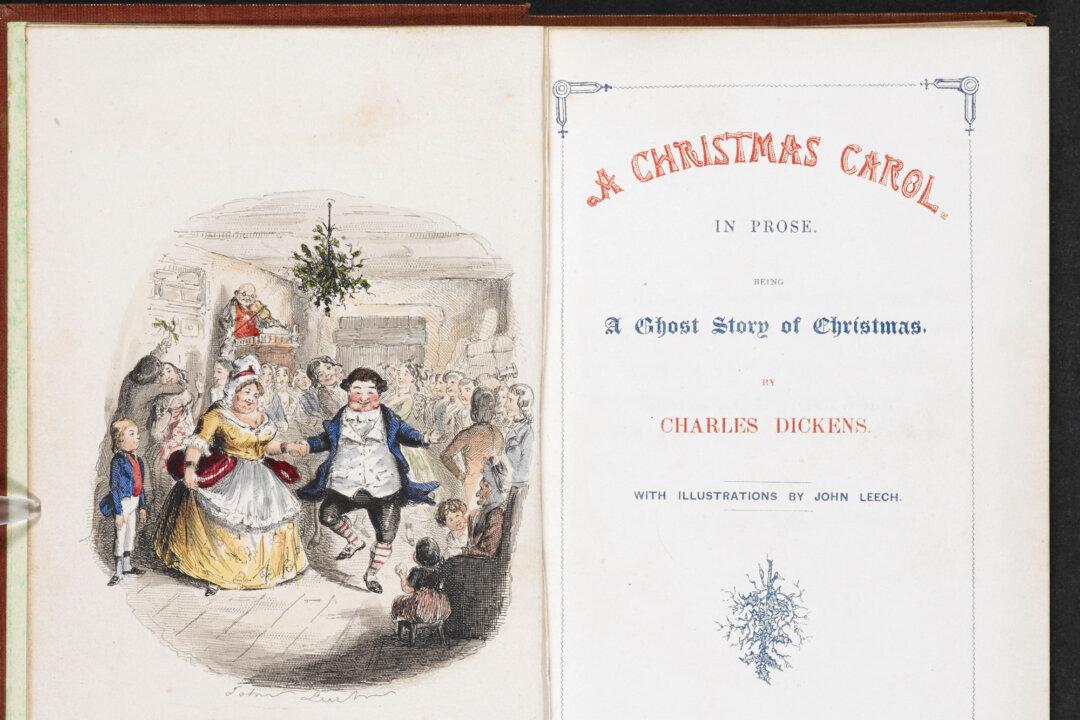Charles Dickens took six short weeks to pen his iconic story “A Christmas Carol,” which tells the tale of the now famous miser Ebenezer Scrooge. Dickens managed to finish the manuscript on Dec. 2, 1843, and the story was in print by Dec. 19, 1843.
In “A Christmas Carol,” Dickens tells a rather surprising kind of coming-of-age story in which the elderly Scrooge, coming to the end of his life, is given a second chance. He learns the error of his ways through four apparitions on Christmas Eve; this graceful gift allows him to mend his selfish, money-grabbing ways to encompass goodness for the greater good of all those around him.






